Today's first stop is zhaojialou
The "treasure of the Town Pavilion" of the China Pavilion of Shanghai World Expo
Built in 1997, Binjiang Avenue is 2500 meters long
Published at 20:35, May 8, 2013
5.1 zhaojialou Xinchang ancient town Zhonghua Art Palace Binjiang Avenue Bund
Today's first stop is zhaojialou. After breakfast, a family of four can drive up central, get off at the exit of Hunan Road, go south to Shendu Road, and then go west to zhaojialou, the ancient town of water town which is known as the nearest to the city center.
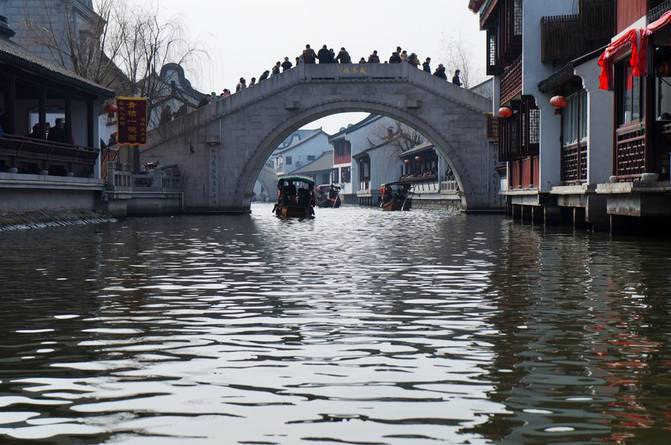
Zhaojialou, also known as Zhaolou, is located in Gexin village, Pujiang Town, Minhang District. It originated in the early Yuan Dynasty and spanned the yuan, Ming and Qing Dynasties. The small bell tower, which was originally called for farming in the late Yuan and early Ming Dynasties, has been gradually developed and renovated. Now it covers an area of 150 mu, and the whole antique building complex is as big as four old Qibao streets.
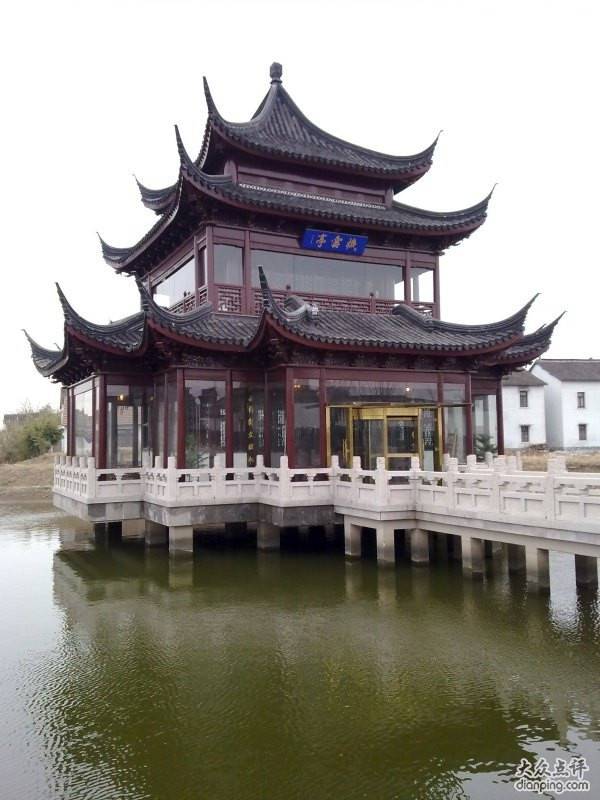
There are many ancient buildings of Ming and Qing Dynasties scattered in the scenic area. The well preserved scenic spots include Li Geng hall and Mei Yuan. The gray tile walls and doors of Li Geng hall are deep in the courtyard, with 12 walls and doors stacked one by one. It is really a kind of deep courtyard style. There are five halls in the hall, with a total of 138 halls. Horseback wall, lotus wall, white wall and black tile... There is a panoramic view of the main housing forms in the suburbs of ancient Shanghai“ Meiyuan covers an area of more than 3000 square meters and has 99 rooms. Due to the relatively small number of residents, the overall architectural pattern is relatively complete. However, with the development of the times, many houses are not suitable for living.
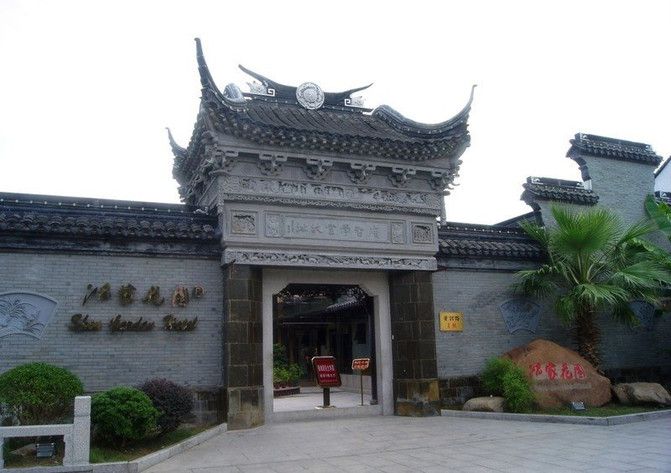
Lotus wall, horse riding wall, green brick and tile, small bridge and flowing water are full of the ancient charm of Ming and Qing Dynasties. The shops along the street are full of flags, selling "three treasures of Zhaolou" - Zhaolou Daqu, Zhaolou mutton, Zhaolou jiehoof (hand tearing off oil braised hoof). There are many other snacks and delicacies. Daming prefers Xiasha bamboo shoots and youdunzi~~
Due to the flow of people in the scenic area, after discussion, we are ready to go to Xinchang ancient town not far away for lunch, so we return to Hunan highway along the original road, continue to go south along Hunan highway, pass Xiasha and hangtou Town, and then turn east to Xinchang ancient town not far away.
Xinchang ancient town was in the north of Xinchang old street on November 11 last year. My parents just saw the introduction of Nanshan Temple in Xinchang ancient town on TV yesterday, so the old man decided to go to the south of Xinchang old street. Unexpectedly, the whole old street was about 1.5 km long. The two old people were already out of breath after walking, so they had to take a rest in Nanshan Temple. We went back the same way, I drove around to the gate of Nanshan Temple and picked up the old man. Unfortunately, I missed the place where I wanted to have lunch - Xinchang Laoba.
Fortunately, they didn't feel hungry, so they drove northward along Kangxin highway, past outer ring road and Jinke South Road to central, and then went to the Chinese art palace. Along the way, he settled lunch in Suzhou soup bag restaurant of laoshengchang, and Daming accepted Xiaolong soup bag~
As two major cultural projects of Shanghai in 2012, China Art Palace and Shanghai Museum of contemporary art, after two years of careful preparation, opened a grand trial Exhibition on October 1, 2012. The site of the exhibition is China Pavilion of 2010 Shanghai World Expo, with an exhibition area of 64000 square meters and 27 exhibition halls.
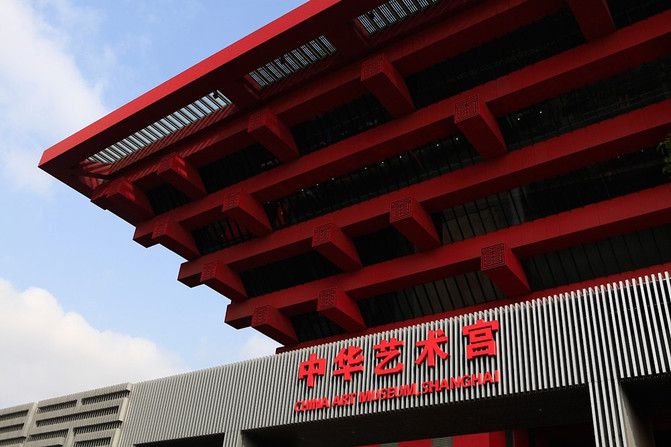
The "treasure of the Town Pavilion" of the China Pavilion of Shanghai World Expo, the multimedia version of Qingming Riverside, will stay in the Chinese Art Palace forever. The opening of the two museums fills the gap in the system of Shanghai Art Museum, and makes the Art Museum Series in Shanghai form a complete pattern, that is, the Shanghai Museum displays ancient art, the Chinese Art Palace displays modern art, and the Shanghai Museum of contemporary art displays contemporary art. A mature museum system and multi-cultural pattern will further enrich the cultural image of Shanghai and help Shanghai step into the ranks of an international cultural metropolis.
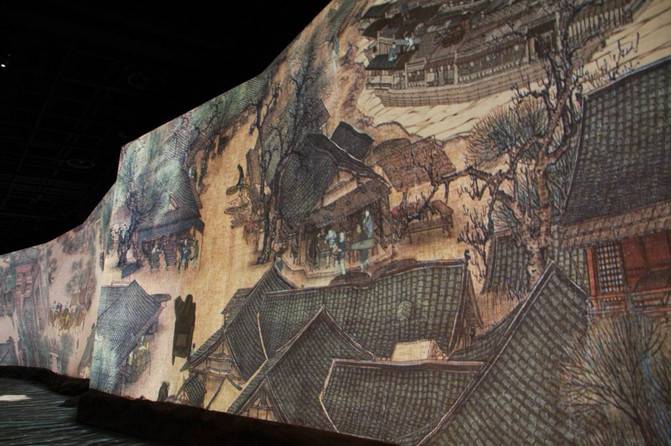
During May Day this year, there are five exhibitions, namely "beautiful Taiwan - classic works of Taiwan's modern and contemporary masters", which is located in hall 17 on the 0-meter floor; More than 300 works of seven artists, including he Tianjian, Lin Fengmian, Hua Tianyou, Guan Liang, Xie zhiliu, Cheng Shifa and Wu Guanzhong, are displayed in the exhibition hall 22, 23 and 24 in the south area of the 0-meter floor, and more than 160 works of other famous artists are jointly displayed in the exhibition hall on the second floor; "Shanghai historical context art creation project achievement exhibition" located in exhibition hall 15 / 16, 0 m floor; "Splendid China: Chinese art in the new century" is located in exhibition hall 20 / 21 on the 0-meter floor and exhibition hall 26 on the 5-meter floor; And the retrospective exhibition of "winning works of Shanghai International Photographic Art Exhibition" in exhibition halls 25, 26 and 27 on the 5m floor. The whole visit process takes two or three hours, and the special exhibition on the 49m floor (including the riverside map of Qingming Festival) requires additional tickets.
After visiting the art palace, I originally planned to go to the Mercedes Benz center to see the scenery of the Pujiang River. However, the old man and Daming were very tired, so I decided to take the pioneer car home for a rest, and then go out with Daming after dinner.
After dinner, take subway line 2 to Lujiazui Station. Walking along Lujiazui West Road, you can see Binjiang Avenue. At the entrance, you can see a huge mushroom stone with the four characters "Binjiang Avenue" carved on it. It was inscribed by Zhu Qizhan, a famous painter in Shanghai, when the model section of Binjiang Avenue was completed at the end of 1993.
Built in 1997, Binjiang Avenue is 2500 meters long, from Taidong road along Huangpu River to Dongchang Road, across the river from Puxi Bund. It is a riverside landscape project integrating sightseeing, greening, transportation and service facilities. It consists of hydrophilic platform, slope greening, semi underground box and landscape road. Standing on the fence and facing the river, overlooking the elegant buildings on the Bund in Puxi and the modern skyscrapers in Pudong, people forget to return. It has a kind of artistic conception of moving and picking up the scenery. It is like a ribbon falling on the East Bank of Huangpu River, which is praised as the new foreign disaster of Pudong.
In the south section of Binjiang Avenue (Fudu section), a yacht wharf reconstructed from an old wharf is unique. On the wharf, a huge anchor and several cable piles are erected. There are 21 groups of arched fountains in an 80 meter pool, symbolizing China's stride towards the 21st century. The unique fountain square, on the top of the box, is a circular square. The sail water column from the dry pool in the square symbolizes the sailing ship of Pudong development. The water falls into the water pool in the hydrophilic platform after passing through the terrace like stacked pool. The pool is also a group of varied fountains. Along the two sides of the drop stream, you can go straight to the arc-shaped waterfront platform and enter the waterfront walk.
Strolling along the broad Riverside Road, you can see the colorful flowers and precious trees, the panoramic view of the Bund in Puxi, and the melodious sound of the siren from Huangpu River. It's a rare tranquility and ease in a metropolis. At night, the colorful lights in the huge fountain composed of more than 100 nozzles shine in the night.
The Oriental Pearl Festival (middle section) of Binjiang Avenue is the most brilliant movement of the Concerto in Pujiang's east coast. In the north section of Binjiang Avenue, there is a large lawn with an area of nearly 3000 square meters, which makes people feel cheerful and relaxed.
Walking to Dongchang Road ferry and taking the ferry to enjoy the night scenery on both sides of the Pujiang River is another feeling. The ferry stops at the East Jinling Road ferry, and the famous "Bund" of Shanghai is on the shore.
Huangpu beach from Baidu bridge to East Jinling Road is known as "Bund" because it is located outside the city of Shanghai. It is the original outline of Shanghai city. It was once known as Huangpu Road, Yangzi road and huangputan road. In 1945, it was renamed zhongshangdong No.1 road.
The Bund is on the Bank of Huangpu River in Shanghai. It represents the scenery of Shanghai and is a must visit destination of Shanghai. From 1854 to 1941, there were more than ten foreign banks and Chinese banks, which became the financial center of Shanghai, known as "Oriental Wall Street". The houses on the Bund started with two and three stories.
Since the beginning of this century, due to the development of architectural technology and the growth of economic strength, there have been multi-storey and high-rise buildings with various styles, such as British classical, British neoclassical, British Renaissance Asia Building (former Shanghai Metallurgical Design Institute), Shanghai Federation (now Dongfeng Hotel), HSBC building (former Shanghai Municipal People's government building), qiahe building (now foreign trade bureau building), etc French classical style, French big house style, Gothic style, Baroque style, modern western style, East Indian style, eclecticism style, Chinese and western mixed style, etc., are known as the "World Architecture Expo". You can feel a kind of vigorous, vigorous, graceful and magnificent momentum no matter you look far away or stroll around.
Its overall layout can be summarized in five lines. 1. World Architecture Expo Group (there are 26 Chinese and foreign buildings on this road, forming a beautiful landscape line). 2. Ten Lane East Zhongshan road connects the traffic of all directions. 3. The Bund green, city sculptures, fountains. 4. Pudong New Lujiazui financial and trade zone. 5. Bund lover's wall
We go north along the Bund road to the Bund of Nanjing Road, then west along Nanjing Road to Nanjing East Road Station of line 2, and return by subway. The trip ends on the same day.
Leave a Comment